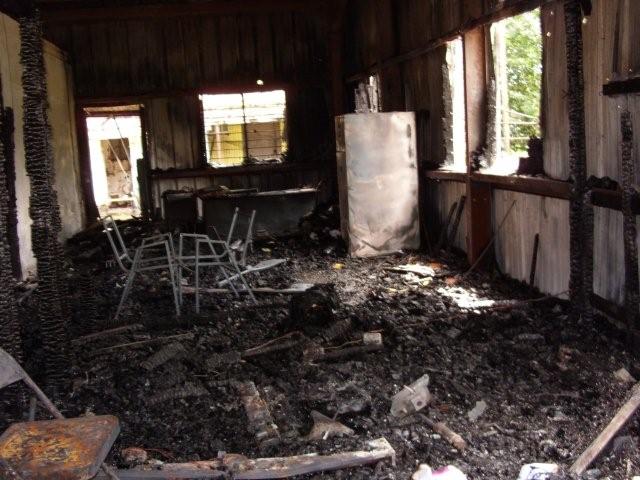OK, so there’s no direct link with agricultural biodiversity, but if you’re the least bit interested in the subject you will be aware of the flap over higher food prices. A lot of tosh has been written on the subject, so I was pleased to see a fine article on food prices by Paul Krugman ((Yes, I know he’s a pinkie green who eats small babies, but that doesn’t mean he’s necessarily wrong.)) that gives a pretty good overview. I found it through an Economist blog, which had this to say:
What’s needed, of course, is a lender of last resort. An overarching entity–a central bank for grain–could help to solve the collective action problem hindering market function. If everyone participates in the market, then prices will be lower and supplies surer than if individual nations defect.
Unfortunately, it isn’t clear what institutions might be able to step into the current void. And grain isn’t the same as fiat money. Where a central bank can respond to desperate liquidity shortages by printing money, grain must be grown. With stockpiles at 20 year lows, there doesn’t seem to be much room for grain injections. As Mr Krugman says, “[I]t’s not clear how much can be done. Cheap food, like cheap oil, may be a thing of the past.”
Get used to it.
